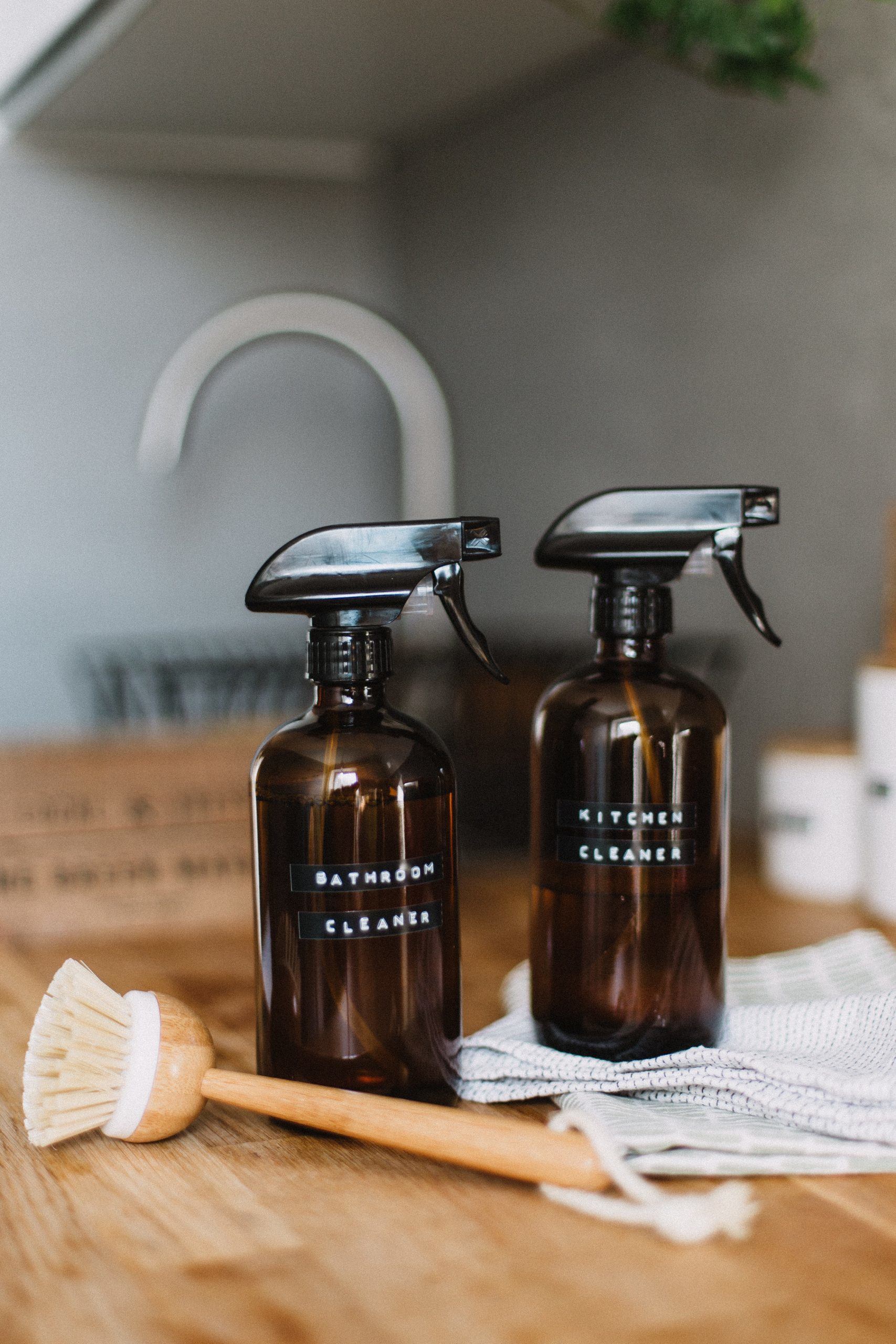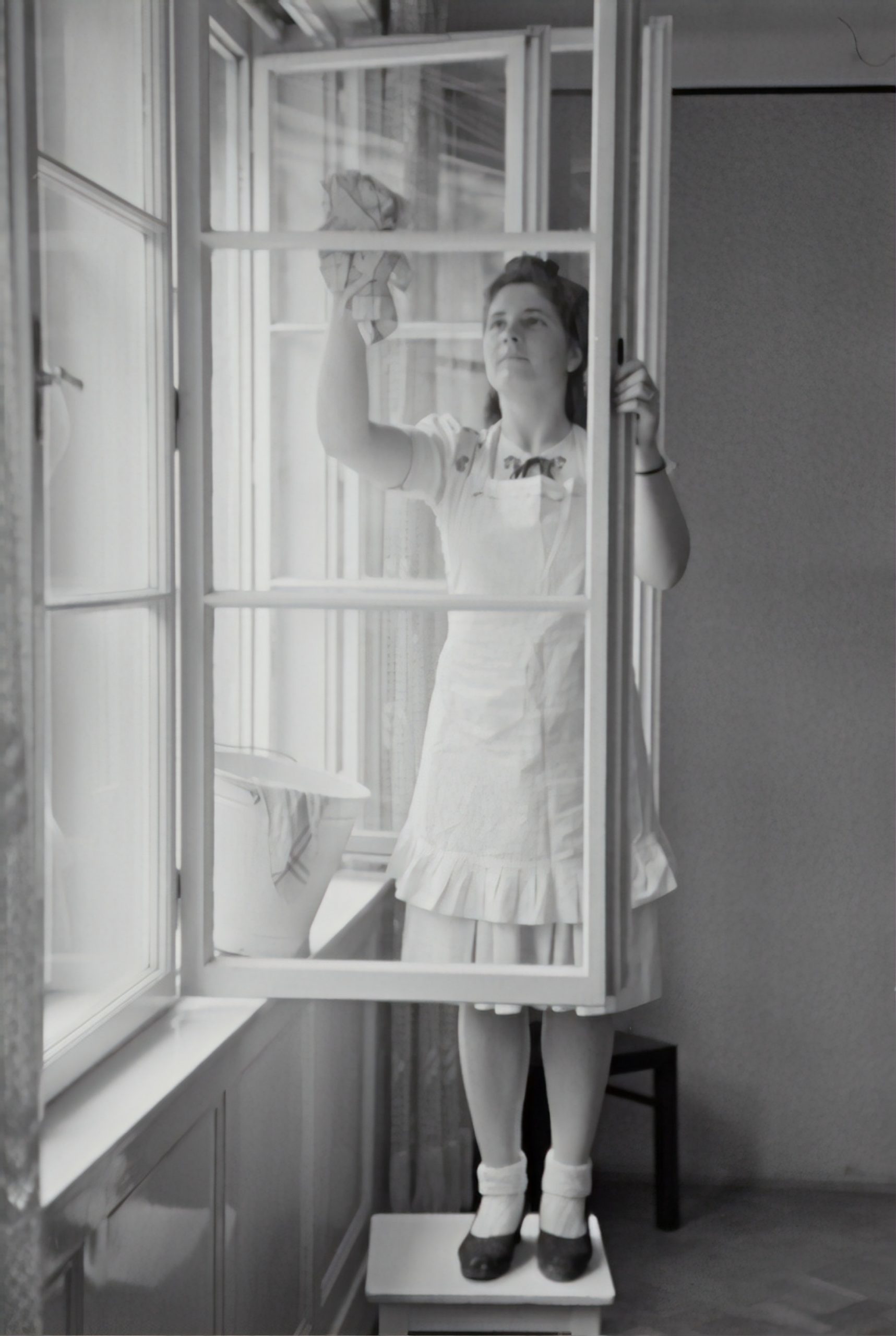Would you rent or subscribe for clean air?
Would you rent or subscribe for
clean air?
Ok, I’ve heard of all kinds of rentals and subscription plans. But, air is public domain, right? How on earth does such a subscription get delivered? Certain companies have air purifier machines that can be rented by the day or week, etc., which can be really helpful if you only need the equipment for a short time.
Vacations: Personally, I think the vacation rental option here is brilliant–how many times have you gone on vacation or to a conference, and the hotel room seems musty (of course, this happens in a hotel that is fully booked with no way to change rooms)? Here are some options for renting air purifiers to trap the contaminants in the air while you work or play:
- Rents4baby.com: This company rents a premium air purifier for only $15 a day in the Orange County area, with the option to upgrade to a medical grade filter for only $5 per day more. They have many more baby products, as well as more pickup and delivery locations in the US. They can deliver to airports and car rental places, making it easy to pick up an air purifier and have a great vacation with or without little ones!
- Lyft has teamed up with Wynd, an air purifier company, to add an air purifier option to rental cars. At only $15 per day, you can add a Wynd purifier to your rental to get out those odors and unseen germs that cleaning did not remove. If you plan on doing a lot of driving on your next trip, it’s worth checking out!
For parties and indoor events:
- Sunbelt Rentals Portable Air Scrubbers: This company has a large selection of units for many different uses–light commercial or residential units, medical grade, odor removal–you name it! They had a super-fast response when I emailed for more rental info. Their S-, M-, and L-Light purifiers feature H13 true HEPA and carbon filters. The filters for these machines cost extra, but in general, the rental prices are very reasonable ($17-53 per day in the Orange County area).
For remediation jobs (like moving into a house that had noxious pet or smoke odors, or remediating mold damaged areas):
- Home Depot Dri-Eaz HEPA Air Scrubber: Near our Orange County, California location, there are several stores that have this machine, which will purify a 1000 square foot space with up to 500 cubic feet per minute air flow. The carbon and HEPA filters are included for $159 per day or $318 per week. (After this point, you would be better off buying one!)
- The same scrubber from Home Depot rents for less in Petaluma and San Rafael, CA from CalWest Rentals ($70 per day or $250 per week).
If you don’t live in California, try searching for “air purifiers for rent near me”. Admittedly, renting purifiers is more expensive than buying them in the long run. But if you have a trip, project, an event, or some other short-term need for clean air, you have options!
Do you need a really large quantity of clean air? Enter pulsed electromagnetic field radiation, which has actually been around for a while. It’s similar to wi-fi or the systems used by cellphone services. It is broadcasted in short pulses and has been used since the early 1990’s in wastewater treatment applications. The pulses of RF energy contact small particles in the air (it actually works best on particles less than 20 nm) and increases their negative charge, to accelerate the particles grouping together and falling out of the air. These small particles will settle as dust, which if inside a building can be vacuumed, or if outside will be absorbed into the earth’s natural soil.
Devic-Earth is a company based in India that has designed a Clean Air Subscription, which utilizes their unique equipment under the name of “Pure Skies”. Companies such as heavy industry, cities, or event halls can subscribe continuously or for only a month, depending on their needs. The process claims to improve air quality by 33-90% over large areas at the lowest cost per unit area. The equipment is usually installed in a matter of hours and can cover spaces inside with a minimum of 20,000 ft2 or outside with a minimum of 5 acres. What’s most interesting is the way this technology can overcome many types of air pollution for organizations that had no control over pollution previously. For example, one testimonial stated that the equipment was employed that Delhi (India) half-marathon in 2018, and another 25K (Tata Steel Kolkata) to achieve results of 30-54% improvements. The results are measured from before the equipment is turned on, and monitored throughout deployment, by an air quality monitor. The studies and testimonials also report the presence of rain, which can also drastically reduce air pollution because it causes particles to fall to the ground with the rain.
This particular provider assures the safety of its equipment/process because it uses “ISM frequency band similar to the Wi-Fi spectrum (2.4-2.5 GHz) and power levels are maintained under standard regulations.” The dangers of Wi-Fi are not generally agreed upon, with many governments and organizations taking the stance that Wi-Fi is safe, such as Canada. Many studies are like this one, however: they have found that non-thermal EMF exposures have major impacts “on both of the most important intercellular regulatory systems in the body, the nervous system and the endocrine systems…major impacts on what may be the most important intracellular regulatory system, the calcium regulatory system… we also have non-thermal EMFs attacking the DNA of our cells, putting our biological inheritance at great risk. As living organisms, EMFs attack each of the most important functions that go to the heart of our human complexities.”
I did note that on Devic-Earth’s website, the company claims that “Pulsed radio waves are periodic bursts of radio waves or radio frequency energy (RF). The pattern of these bursts depends on the desired effect. This is unlike the radio wave transmission from telecommunications equipment such as Wi-Fi or mobile towers which are usually continuous in nature.”
Wi-Fi by nature is a pulsed system. The previously referenced study notes that “pulsed EMFs are usually much more biologically active than are non-pulsed (also known as continuous wave) EMFs of identical frequency and similar average intensity (study references from years 1965-2015). This pattern of action is particularly important because all wireless communication devices, including Wi-Fi (2015 studies) communicate via pulsations and are likely to be particularly dangerous as consequence of this. (One 2015 study) have argued that the more pulsed they are, the more damaging EMFs will be and while this may still be questioned, it may well be a roughly applicable generalization. It is also true that artificial EMFs are polarized and this makes artificial EMFs particularly dangerous (2005 and 2015 studies). Polarized EMFs put much larger forces of electrically charged chemical groups than do non-polarized EMFs (2015 study)”. Because of their statement of being different from Wi-Fi, Devic-Earth’s Pure Skies may be at a slower pulse in comparison to Wi-Fi. It’s not known if this pulse is less or more detrimental than Wi-Fi to cells and our nervous and endocrine system and DNA. Most people are unaware of this potential damage and as such, don’t have a problem working and living in Wi-Fi zones (it’s a welcomed convenience), so that Pure Skies technology would probably also be acceptable and welcomed by most people. It may not even need to be disclosed in many places.
Whether by filter, EMF or other technology, now I know you can rent clean air for your room, house, car, convention center or even an outdoor event!
Photo by Dorien Monnens on Unsplash










